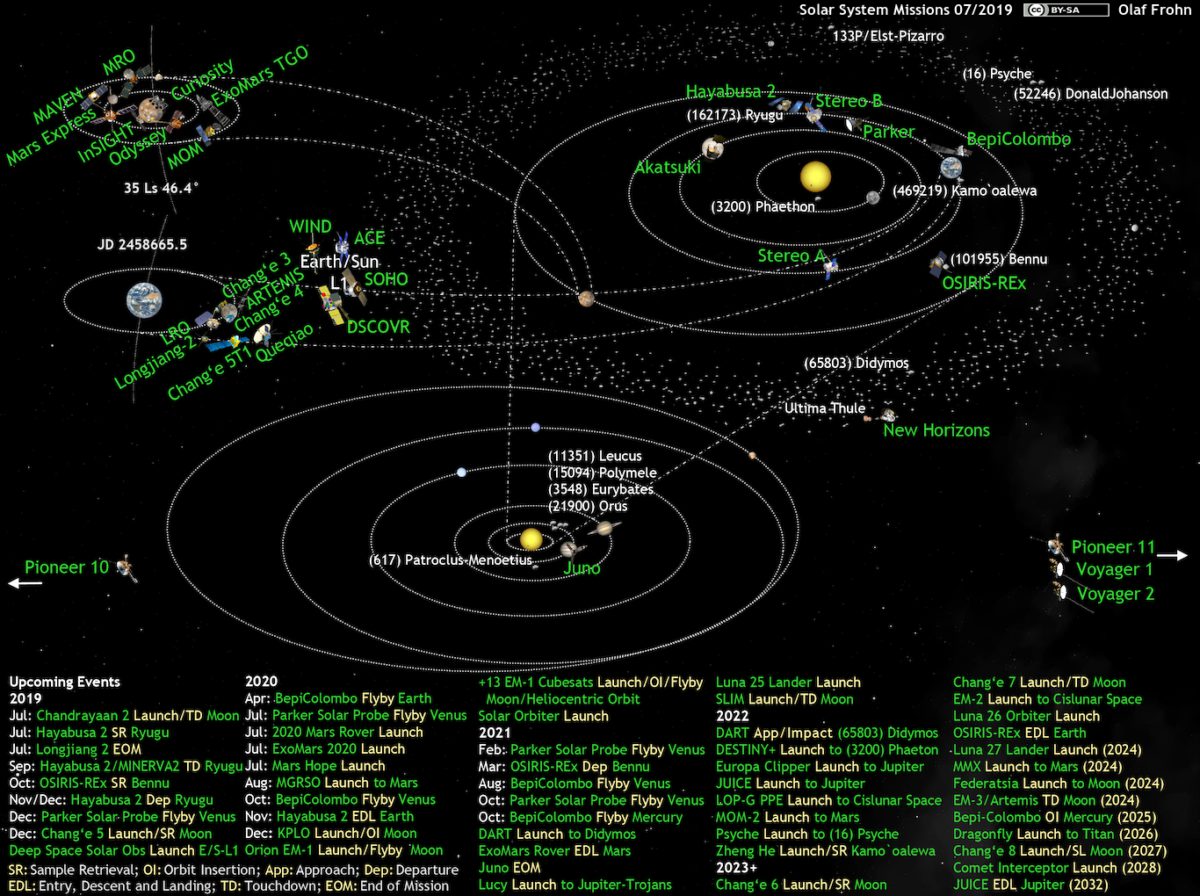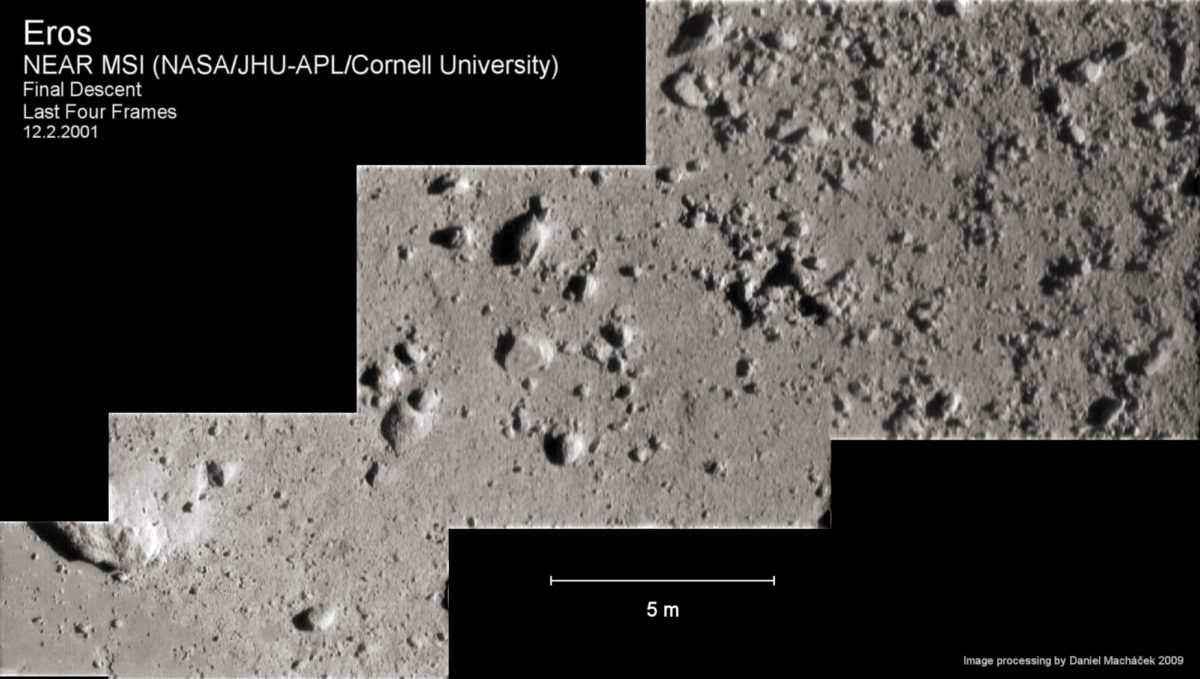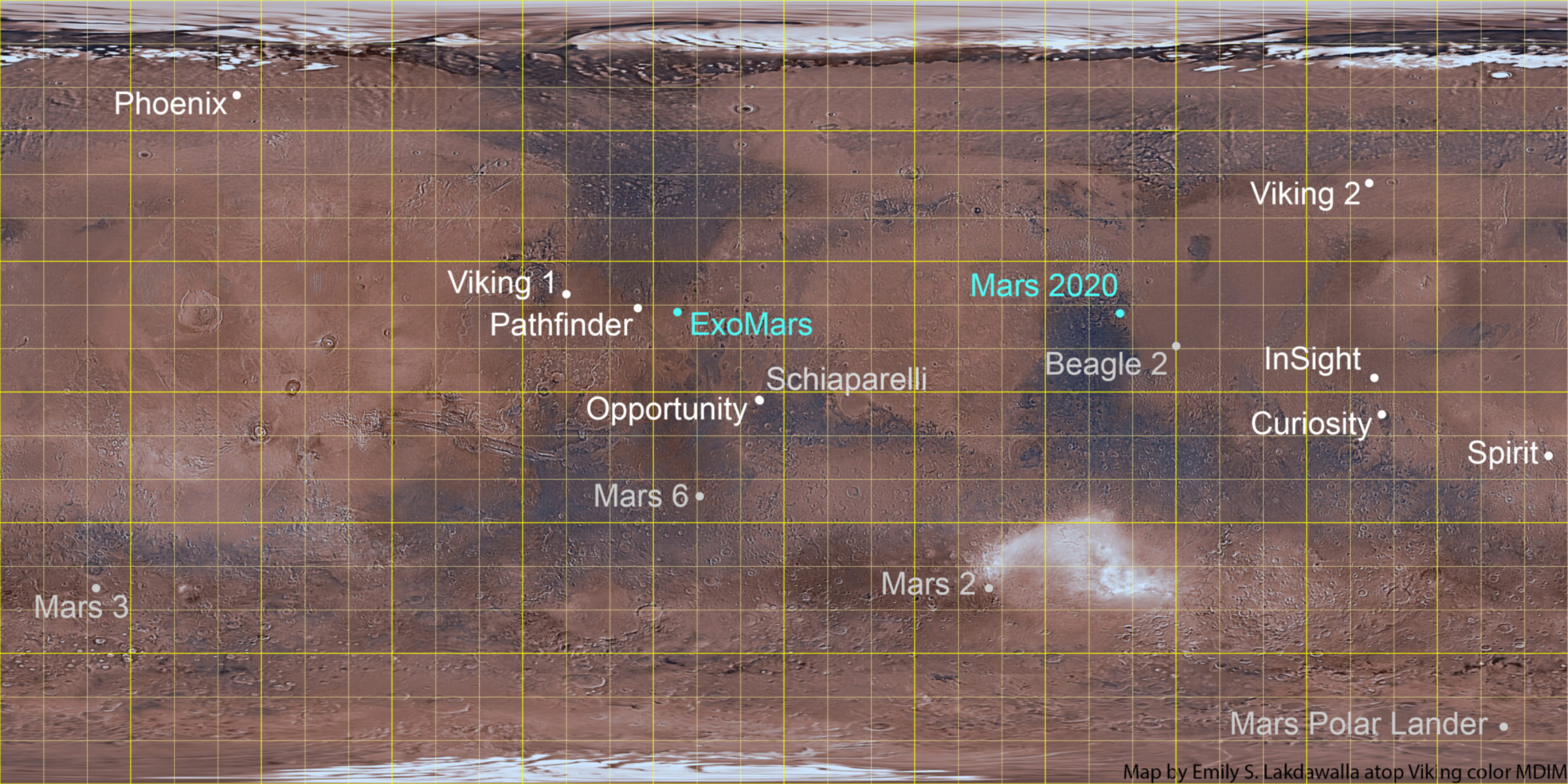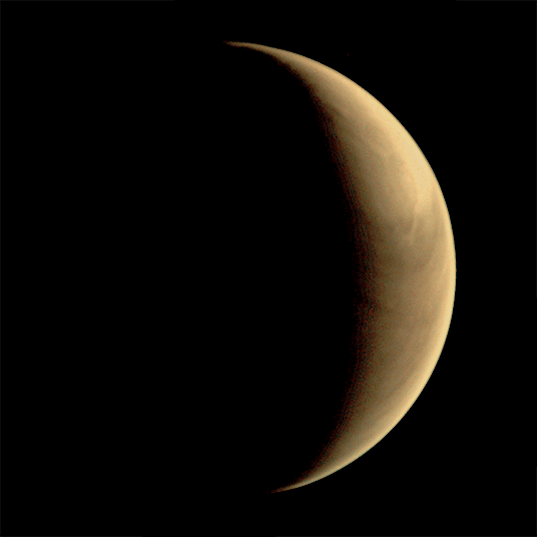Emily Lakdawalla • Nov 04, 2015
ESA mission updates
Olaf Frohn has just supplied his latest snapshot of the state of planetary exploration, and the solar system remains busy. I don't have time to write updates on every mission, but there have been several important pieces of news about European missions over the last month: Rosetta's fate has been determined; ExoMars Trace Gas Orbiter's launch is slightly delayed; and they have selected a landing site for the ExoMars rover.

The biggest news is that ESA has determined how the Rosetta mission is going to end, according to an article posted to the websites of both Nature and Scientific American today. "Funding for the mission runs out in September 2016 — and by that time 67P/Churyumov-Gerasimenko will be well on its way back out into deep space, where the solar-powered orbiter will receive too little sunlight to function," the article says, and it's not clear that the aging spacecraft would survive a second, long hibernation past the comet's aphelion. Therefore, the team has decided to recapitulate what the NEAR Shoemaker mission did at asteroid Eros: spiral downward in an ever-shrinking orbit, achieving ever-greater detail in science measurements, until finally coming to rest on the comet's surface. Once reaching the surface, it will no longer be able to point antenna to Earth or solar panels toward the Sun, and the mission will come to an end. I'm hoping that ESA will host a media event during the "landing" of Rosetta, so that we can watch the parent craft do science to the end, just as I did with Philae a year ago this week!

I look forward to OSIRIS images of that descent, acquired from as close as 500 meters above the comet. There haven't been any new OSIRIS images released recently, but the Rosetta Navcam continues to release a ton of data. Since my last Navcam image update, they have released five more albums of photos from the Postlanding phase of the mission, carrying the releases through May 5 of this year. Here's one from April, showing how active the comet had already gotten by then.

The next pieces of news concern future missions. A few weeks ago, ESA announced a two-month delay for the launch of ExoMars Trace Gas Orbiter because of "a problem recently discovered in two sensors in the propulsion system of the entry, descent and landing demonstrator." So this is not a problem with the orbiter, but rather with the Schiaparelli lander, whose success in demonstrating landing technologies is critical to the development of the ExoMars rover. The target launch date for ExoMars Trace Gas Orbiter and Schiaparelli is now March 14, 2016; the launch window closes on March 25.
Speaking of the ExoMars rover, ESA announced the selection of a landing site: Oxia Planum, which is located east of Chryse planitia and southwest of Mawrth Vallis, in the northern lowlands of Mars, centered at 18.20 degrees north, 335.45 degrees east, and with an elevation more than 3000 meters below the Martian mean. It was a surprise to many people, including me, that they did not select a landing site at Mawrth, but it seems that the potential for high winds at the current season for the 2019 landing doomed the selection of Mawrth. Still, Oxia contains many of the clay mineral signatures that get spectroscopists so excited about Mawrth, and it also shows signs of ancient fluvial activity. Here are where ESA's planned landing sites fit in to the Mars map:

I feel like I shouldn't write an ESA mission update without including news about Mars Express. There isn't much of any news from Mars Express, but for a 12-year-old spacecraft, no news is good news. Mars Express is chugging along fine, as far as I know. Here's one of the most recent image sequences available on the Mars Express VMC Flickr page, a view of a rotating crescent Mars from September 2. Enjoy!

The Time is Now.
As a Planetary Defender, you’re part of our mission to decrease the risk of Earth being hit by an asteroid or comet.
Donate Today

 Explore Worlds
Explore Worlds Find Life
Find Life Defend Earth
Defend Earth

